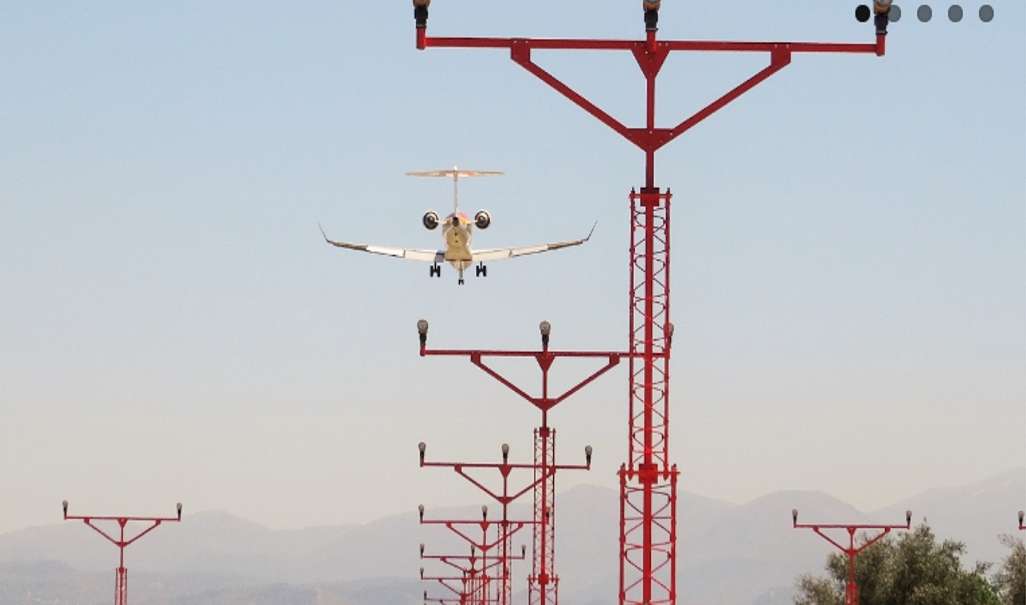

FRANGIBLE AVIATION
Certain aviation equipment, because of its function, is required to be located in areas of the aerodrome where it is at risk of being hit by aircraft. Historically, this equipment has been supported by steel or wooden masts. Although these traditional structures provided the necessary rigid support, they posed a risk to aircraft causing planes to shear upon impact. In collaboration with Transport Canada and the Canadian Military, Millard Towers invented a safe alternative that would provide the required rigidity yet safely give way if accidentally impacted.
The concept behind the design was to minimize the energy imparted during an accident by bending out of the way, thereby allowing an aircraft to continue its takeoff or landing without a loss of momentum or direction and without causing structural damage to the aircraft.
In the decades following the 1951 invention of the first frangible mast, Millard continued its research and development by collaborating with various global agencies. Ultimately, ICAO would release ICAO Doc 9157, Chapter 6: Frangibility to address the issue of masts and aerodrome safety. Millard masts would be included in the documentation as examples of proper frangible design and testing.
THE BENEFITS OF ALUMINUM
Millard masts are made from marine-grade Aluminum alloy – the same used in the construction of aircraft. The high quality construction ensures that masts perform reliably for decades even in the harshest climates. With over 60 years of in-field experience, Millard masts have a typical lifespan of 25+ years and are backed by an industry best 10-year warranty.
SAFETY
Millard engineered the world’s first frangible mast in 1951 – over 50 years before ICAO would implement frangibility requirements. Millard masts have been proven ICAO frangible through 3rd party full-scale impact testing and have safely performed in over 40 accidents since the first installation.





